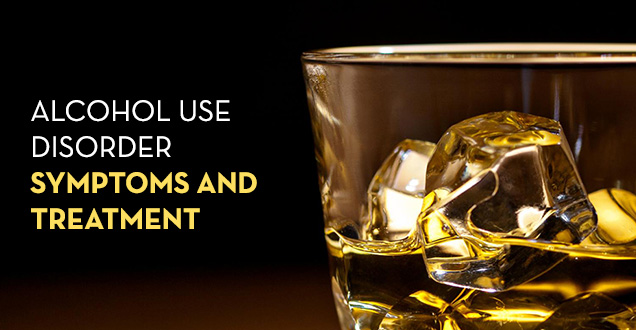
Approximately 88,000 people die from alcohol-related causes annually, according to the National Institute on Alcohol Abuse and Alcoholism (NIAAA). Upon learning of this shocking statistic, one begins to understand the prevalence of alcohol abuse and its devastating effects.
The 5th edition of the Diagnostic and Statistic Manual of Mental Disorders, published in 2013 takes into account mild, moderate, and severe classifications of alcohol use disorder (AUD). The classification can be determined by one’s responses to the criteria presented in the DSM 5. The criteria is listed in order of increasing severity. However, it is not separated into two categories as the 1994 DSM-IV was. This newer edition encompasses more symptoms and does not assign either “alcohol abuse” or “alcohol dependence” to any one of its criteria, according to NIAAA. A severe case is both life-threatening and difficult to recover from without help. AUD is to be taken seriously, regardless of classification. It is important to consider these differences when recognizing and treating AUD. The presence of two symptoms signifies a mild AUD, four to five a moderate case of AUD, and six or more a severe cases as severe. Signs and symptoms of an AUD include neglecting responsibilities, exhibiting dangerous behaviors while under the influence, and drinking heavily to relieve stress. Mild to moderate AUD might also be referred to as “problem drinking.” This nickname gives insight to the fact that this disorder could signify future descent into severe AUD.
If AUD is not quickly recognized and treated, the issues of dependency and withdrawal become factors in the user’s recovery. Furthermore, health complications often arise as the problem worsens. These include a weakened immune system, liver failure, and permanent brain damage. According to the National Institute on Alcohol Abuse and Alcoholism, “Chronic drinkers are more liable to contract diseases like pneumonia and tuberculosis than people who do not drink [heavily]”.
Not only can alcohol abuse affect the user, but it can also take its toll on family and friends. AUD is often characterized by irresponsible behavior at home or in the workplace. An attempt at “stress-relief” by inebriation has the opposite effect, creating tension between family members and health problems for the user. According to the National Institute on Alcohol Abuse and Alcoholism, over 10 percent of U.S. children live with a parent with alcohol problems.
Approximately one-third of adults in the U.S. will have AUD at some point in their lives, but only twenty percent seek treatment. NIAAA Director George F. Koob said, “These findings underscore that alcohol problems are deeply entrenched and significantly under-treated in our society.” The sooner the symptoms of AUD are recognized, the sooner the person will be able to quit drinking and improve their quality of life. A reported 16.6 million adults had AUD in 2013, and only about 1.3 million received treatment at a “specialized facility.” Perhaps there is a correlation between widespread resistance to treatment and rising alcohol consumption in the United States.
Once a person has committed to the treatment of AUD, they must consider their options. Holistic healing, which focuses on the connection between the mind, body, and spirit of a patient, has been proven effective by years of practice by treatment centers such as Casa Palmera. As holistic health is characterized as a “lifestyle” by the American Holistic Health Association, it has the potential to benefit the patient throughout their life.




